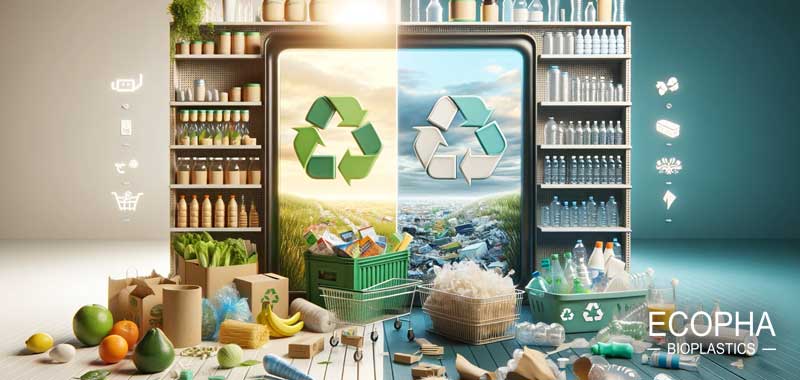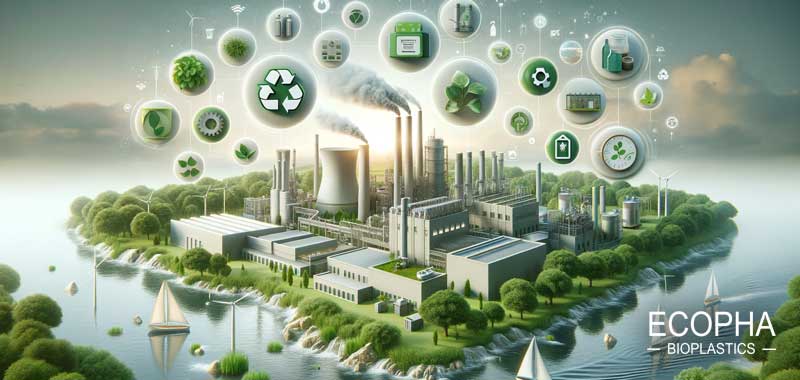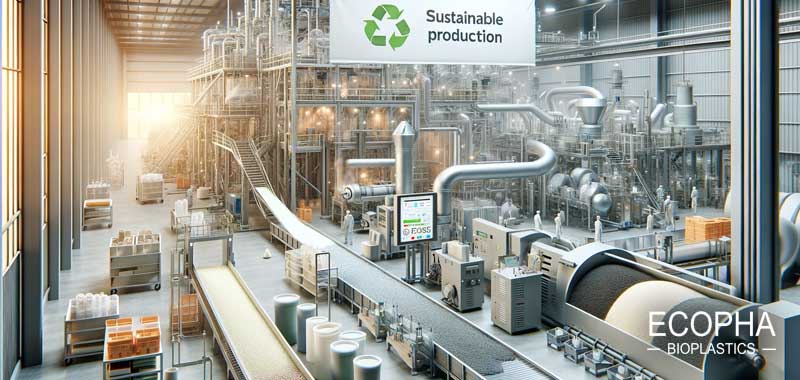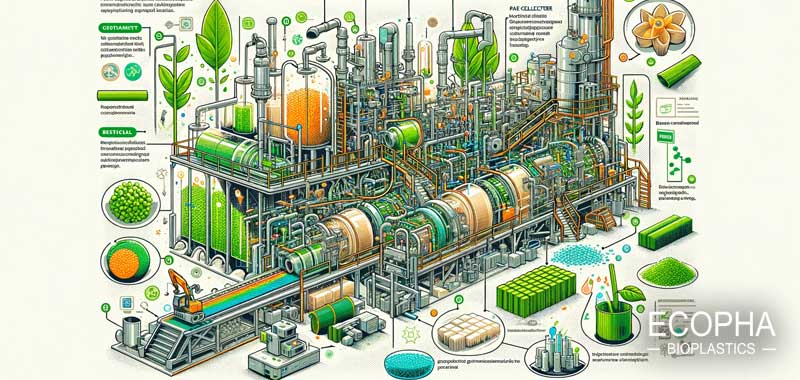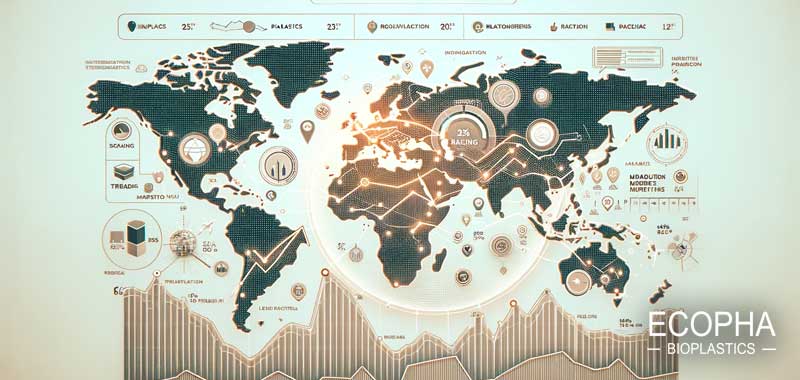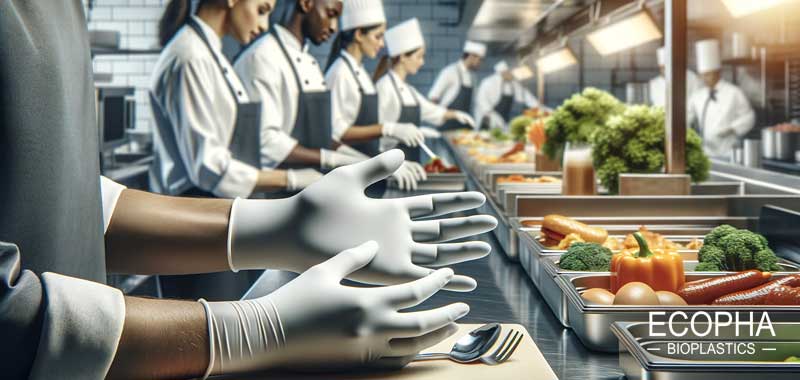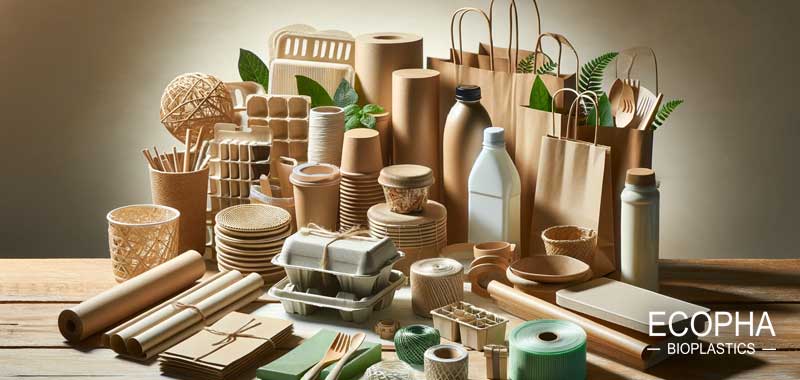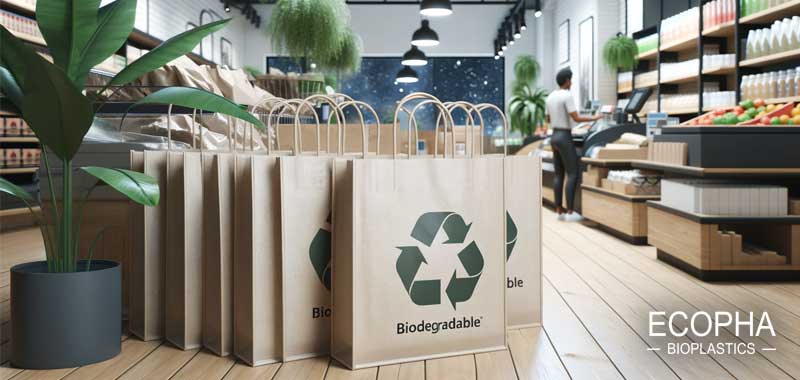Bioplastics Demystified: The Eco-Friendly Alternative
Dive into the intricate world of bioplastics with Ecopha. Uncover how these groundbreaking materials are forging a path to a sustainable future.
Ecopha's Bioplastics Explained' page is a comprehensive guide that unravels the complexities of bioplastics, offering visitors a deeper understanding of these innovative materials. This section delves into the science and technology behind bioplastics, explaining how they are derived from renewable resources and their advantages over traditional plastics.
The content is designed to educate on the different types of bioplastics available, such as PLA, PHA, and starch-based plastics, and their specific applications. It discusses their biodegradability, compostability, and the overall environmental benefits they provide, such as reduced greenhouse gas emissions and decreased dependence on fossil fuels.
Store events
Features Highlight
Variety of Bioplastics, Eco-Friendly and Sustainable
Overview
Bioplastics: A Step Towards an Eco-Conscious World
Advantages & Benefits
Reducing Environmental Impact Promoting Renewable Resources
This page is instrumental in raising awareness about the role of bioplastics in addressing global environmental challenges. It highlights Ecopha’s commitment to this green revolution, showcasing our efforts in research and development to advance the capabilities and applications of bioplastics.
FAQs
What distinguishes bioplastics from traditional plastics?
Bioplastics are made from renewable resources and are often biodegradable, unlike traditional plastics.
Are bioplastics environmentally friendly?
Yes, they significantly reduce carbon emissions and rely on sustainable raw materials.
Can bioplastics be recycled?
Yes, many bioplastics are designed for recyclability and compostability.


